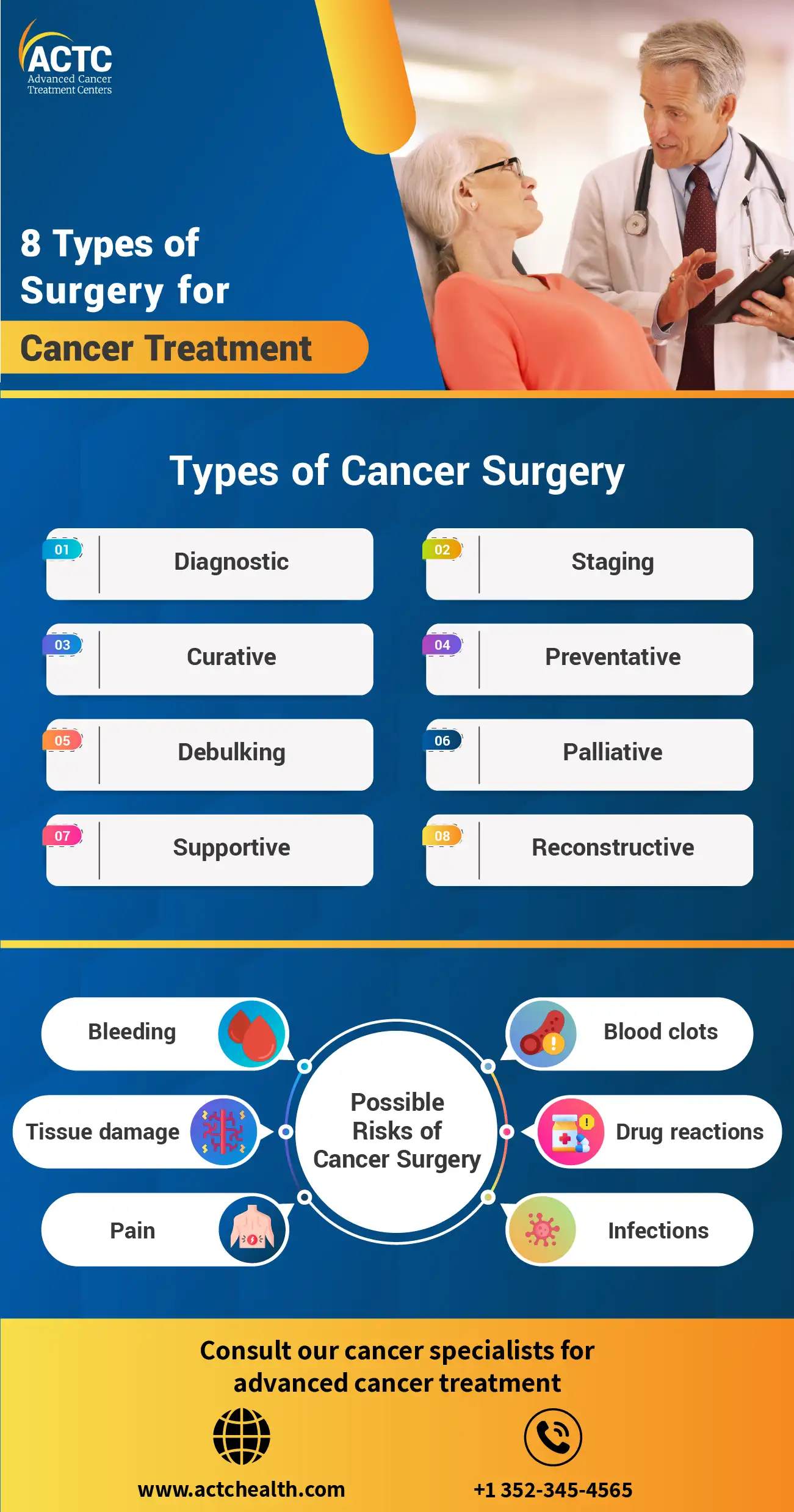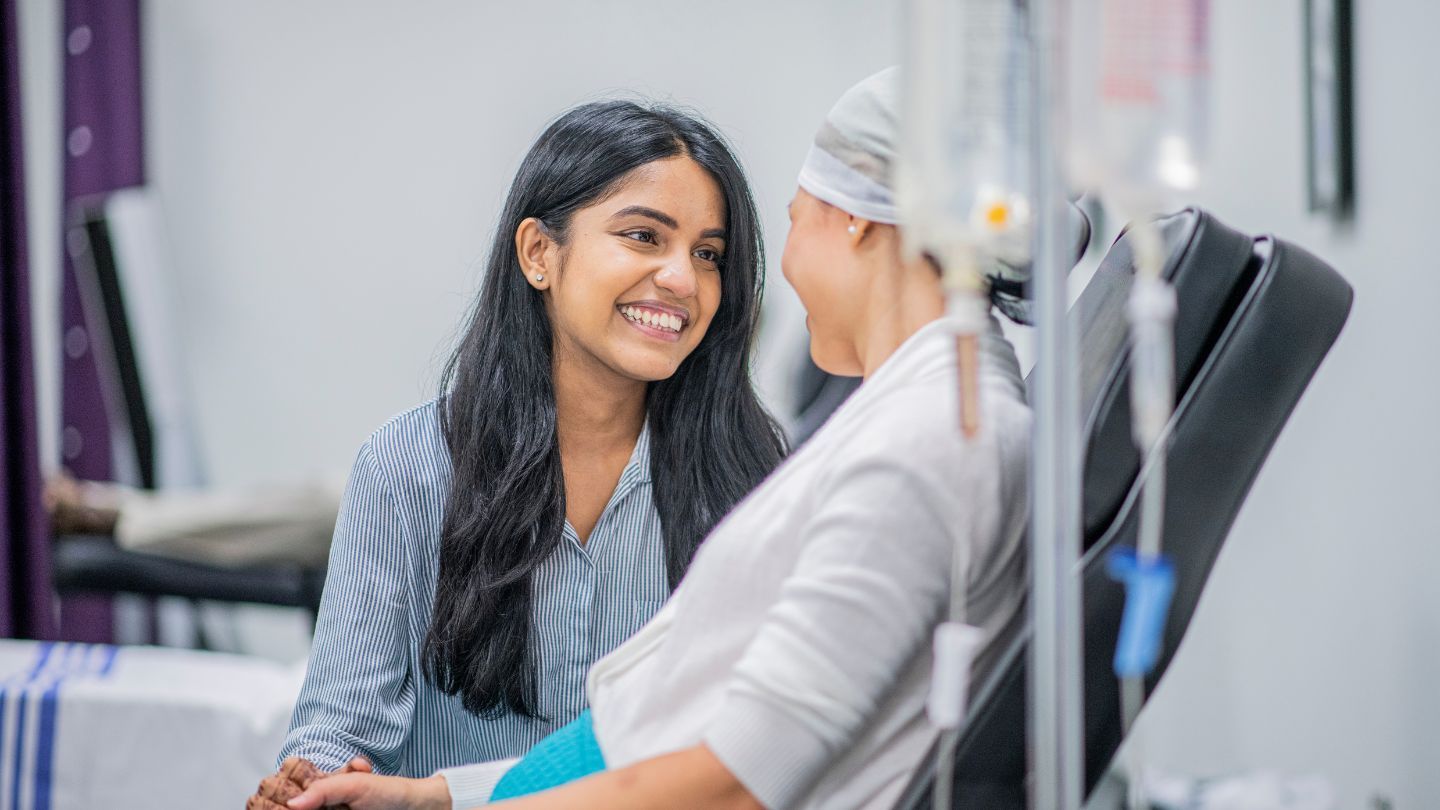Facts About Arogyajivan Medical Tourism For Oncology Revealed
See This Report on Arogyajivan Medical Tourism For Oncology
Table of ContentsThe smart Trick of Arogyajivan Medical Tourism For Oncology That Nobody is Talking AboutGetting The Arogyajivan Medical Tourism For Oncology To WorkThe Ultimate Guide To Arogyajivan Medical Tourism For OncologySome Ideas on Arogyajivan Medical Tourism For Oncology You Need To KnowThe Single Strategy To Use For Arogyajivan Medical Tourism For OncologySome Known Facts About Arogyajivan Medical Tourism For Oncology.The smart Trick of Arogyajivan Medical Tourism For Oncology That Nobody is Talking About
According to the American Cancer Cells Culture (ACS), medical professionals in the United States detect of cancer cases in people ages 50 years or older. Hereditary factors can add to the advancement of cancer.Genetics additionally affect the cells' manufacturing of proteins, and proteins lug most of the instructions for cellular growth and department. Some genetics alter healthy proteins that would usually fix damaged cells. This to a tendency for cancer. If a parent has these genetics, they may hand down the transformed directions to their children.
The Ultimate Guide To Arogyajivan Medical Tourism For Oncology
Some hereditary anomalies that increase the danger of developing cancer cells take place after birth. These genetic changes create cancer a lot more frequently than acquired gene mutations.

Doctors categorize cancer by its location in the body and the cells that it forms in. Improvements in cancer discovery, boosted awareness of the dangers of smoking, and a decrease in cigarette use have all contributed to a year-on-year decline in the number of cancer diagnoses and deaths.
What Does Arogyajivan Medical Tourism For Oncology Mean?
Some cancers trigger early signs, but others do not exhibit signs until they are more innovative. The ideal way to determine cancer very early is to report any kind of unusual, relentless signs and symptoms to a medical professional so they can supply guidance about any additional screening that may be needed.


After nonmelanoma skin cancer, breast cancer cells is the most common kind in the U.S.
Examples of instances methods existing approachesConsist of radiation treatment therapy, treatment surgery. Some people profit from newer options, such as stem cell transplantation and precision medication. The medical diagnosis and death rates of cancer are dropping yearly.
The major type of cancer treatments are introduced briefly on this page and explained carefully in their corresponding sections. Materials on this subject: Relevant material: The Medication Discovery and Development Refine Cancer cells medications take years to make their way to individuals. Learn where cancer cells medication prospects originate from and how they come to be medicines.
In many cancers cells, numerous therapy options should be used with each other (either at the very same time, or together) to obtain my website the most effective outcomes. This number contrasts the advantages and drawbacks of the 3 sorts of cancer treatment choices. In the left panel, an individual has a lung cancer; in the zoom listed More hints below, there are cancer cells (in green) and normal cells from surrounding tissues (in this instance, lung).
Getting The Arogyajivan Medical Tourism For Oncology To Work
The effects of each therapy (radiation, surgery, systemic treatment) are illustrated on the right; note that there are essential distinctions in just how these therapies impact the cancer cells and the client (explained listed below). Radiation treatment is focused on the lump, and the normal tissues are avoided (akin to a magnifying glass concentrating light).
at the time of surgery) ability to (which may aid to alleviate the pressing of a tumor on neighboring body parts); or it may be done prior to surgical treatment to diminish growths to a dimension that makes them treatable with surgical procedure (resectable). family member for the client (radiation can be delivered from exterior of look these up the body and concentrated on the lump, is pain-free, and generally does not require anesthesia) (i.e.
The Best Strategy To Use For Arogyajivan Medical Tourism For Oncology
not getting rid of a bust, throat, or part of the intestinal system, which would have significant unfavorable effect on an individuals high quality of life excitement of an against the growth The negative aspects of radiation treatment consist of: (e (ArogyaJivan Medical Tourism for Oncology).g. lung, heart), depending on just how close they are to the growth failure to eliminate growth cells that can not be seen on imaging scans and are as a result not always consisted of on the 3D versions used to plan the radiation This can consist of cancer in near-by lymph nodes or cancer cells that has spread to far-off areas ()
This is most likely with large tumors. failure to soothe in certain components of the body (e.g. brain). This can lead to the demand for surgical procedure. bad murder of cancer cells in areas that do not have a good supply of oxygen (e.g. in an area after surgical procedure; in a limb with a bad blood supply) increased occurrence in (e.g.
in many cases it need to be supplied daily, 5 days each week, for 1-2 months) For much of human history, surgery was the first line of treatment for numerous solid growths. With surgical treatment, a patient is taken to the operating room, put under anesthesia, and the lump removed. For some cancers, the whole growth can not be eliminated, but some of it can be gotten rid of, a process called debulking.
All About Arogyajivan Medical Tourism For Oncology
in the brain, where specific chemotherapy can not get to) possible capacity to (the person may be cured with surgical treatment alone) ability to take a look at the malignant tissue (Tissue examples can be checked out to make a decision the ideal therapy choices for that particular person. If the client has actually already been dealt with, the samples can be made use of to see exactly how the cancer cells responded to previous therapy to see if more of that therapy ought to be provided or if the treatment needs to be changed.